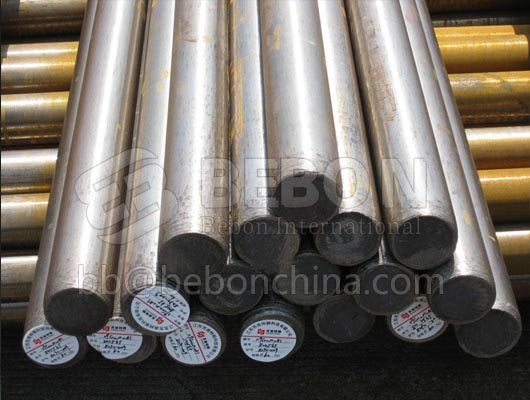
1045 Medium Tensile Carbon Steel
1045 is a medium tensile carbon steel. It is characterised by an extremely smooth surface finish with excellent wear and corrosion resistance, good strength and impact properties, plus good machinability and reasonable weldability. 1045 medium tensi
1045 is a medium tensile carbon steel. It is characterised by an extremely smooth surface finish with excellent wear and corrosion resistance, good strength and impact properties, plus good machinability and reasonable weldability.

1045 medium tensile carbon steel is supplied in the cold drawn or turned, precision ground, polished, chrome plated and final polished condition, with a typical base metal tensile strength of 670 - 800 Mpa.
Machining:
1045 carbon steel black bar has very good machinability, similar to 1045 uncoated bar. Machining however should commence beneath the chrome plating, or at the unchromed surface at the end of the bar. To protect the polished chrome surface, soft materials such as copper, aluminium or mild steel should be used as clamping materials and any particles of hard chrome should be removed immediately to avoid scratching. Otherwise all machining operations may be carried out satisfactorily.
Welding:
1045 medium tensile carbon steel bar is readily weldable (similar to 1045 uncoated bar) providing the correct procedure is employed. The cardboard tube protecting the chrome plating should first be removed from the heat affected area otherwise it can cause some corrosion of the plating due to fumes emitted. Welding of 1045 should always be carried out using low hydrogen electrodes - please consult your welding consumables supplier.
Typical applications: 1045 carbon steel bright bars are used extensively by the hydraulic and pneumatic industries, and is employed by other industry sectors for a wide range of applications.
stainless steel processing
The manufacture of stainless steel involves a series of processes. First, the steel is melted, and then it is cast into solid form. After various forming steps, the steel is heat treated and then cleaned and polished to give it the desired finish. Next, it is packaged and sent to manufacturers, who weld and join the steel to produce the desired shapes.
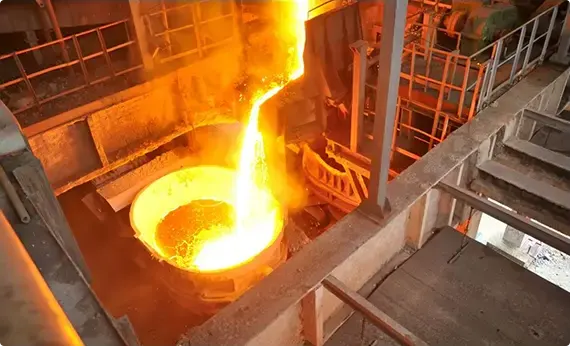
Melting and Casting
The raw materials that constitute a stainless steel item are placed together and melted in a giant electric furnace. Intense heat is applied rigorously for a period of 8 to 12 hours during this step. Once the melting is complete, the molten steel is cast into desired semi-finished forms. Some of the most common forms or shapes include slabs, blooms (rectangular shapes), billets (these could either be round or square), rods, and tube rounds.

Forming
In the second stage, the semi-finished steel shapes undergo a series of forming operations. For instance, the stainless steel is hot rolled (heated and passed through enormous rolls). The blooms and billets mentioned above are converted to bar and wire. The slabs on the other hand are formed into plates, strips or sheets. It is very common to turn semi-finished steel shapes into bars, as it is the most versatile stainless steel form (it comes in all grades and sizes). You have round, square, octagonal, and hexagonal bars, each suitable for a different type of application.
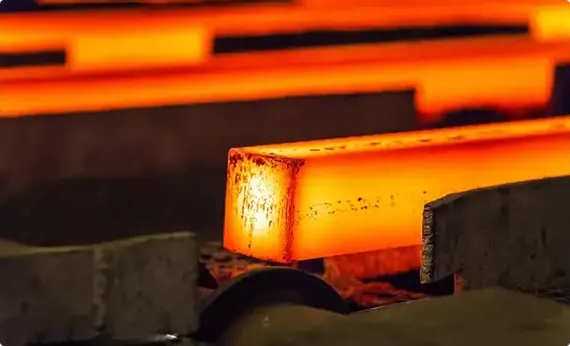
Heat Treatment
The various stainless steel forms undergo a thorough annealing process during this step. Annealing is another name for heat treatment where the stainless steel is heated and cooled in a controlled environment. The purpose of this heat treatment is to relieve the pent-up stress inside the stainless steel and soften the material to make it more suitable for a wide variety of applications. The people in charge of carrying out the annealing process have to be very careful about the conditions as even the slightest of changes in the temperature, pressure, duration, or cooling rate could result in a faulty product.
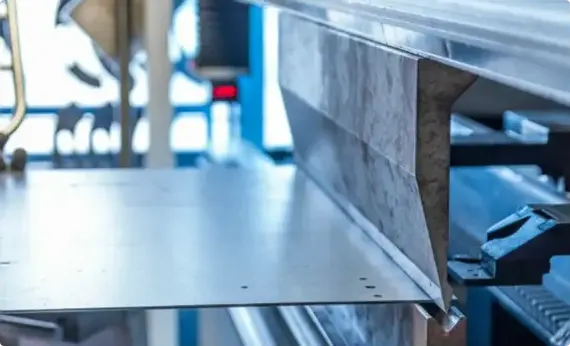
Descaling
During the annealing process, a certain amount of scale appears on the surface of the stainless steel. This scale can be removed using a number of different processes that are collectively known as descaling. Pickling is one of the more common methods of carrying out the descaling process.
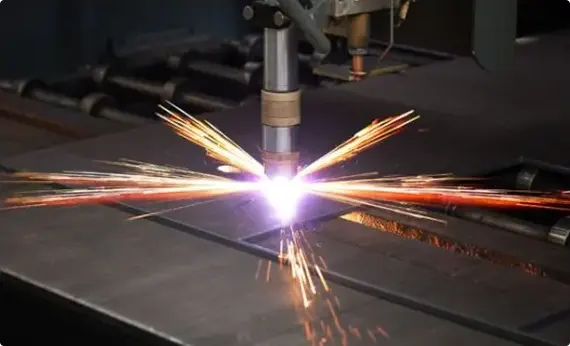
Cutting
The semi-finished, heat-treated, and descaled stainless steel forms are cut into specific shapes in this step. Mechanical cutting is performed with the aid of guillotine knives, blanking, nibbling, and high-speed blades.
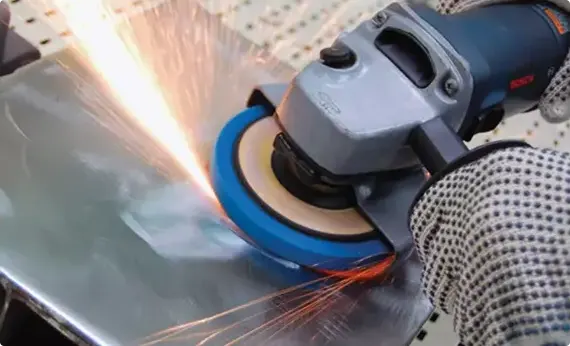
Finishing
Finishing is applied to help the stainless steel product achieve its signature aesthetically appealing appearance. Finishes are also needed to make the stainless steel product smooth and easier to clean, which is a top requirement in sanitary applications.
